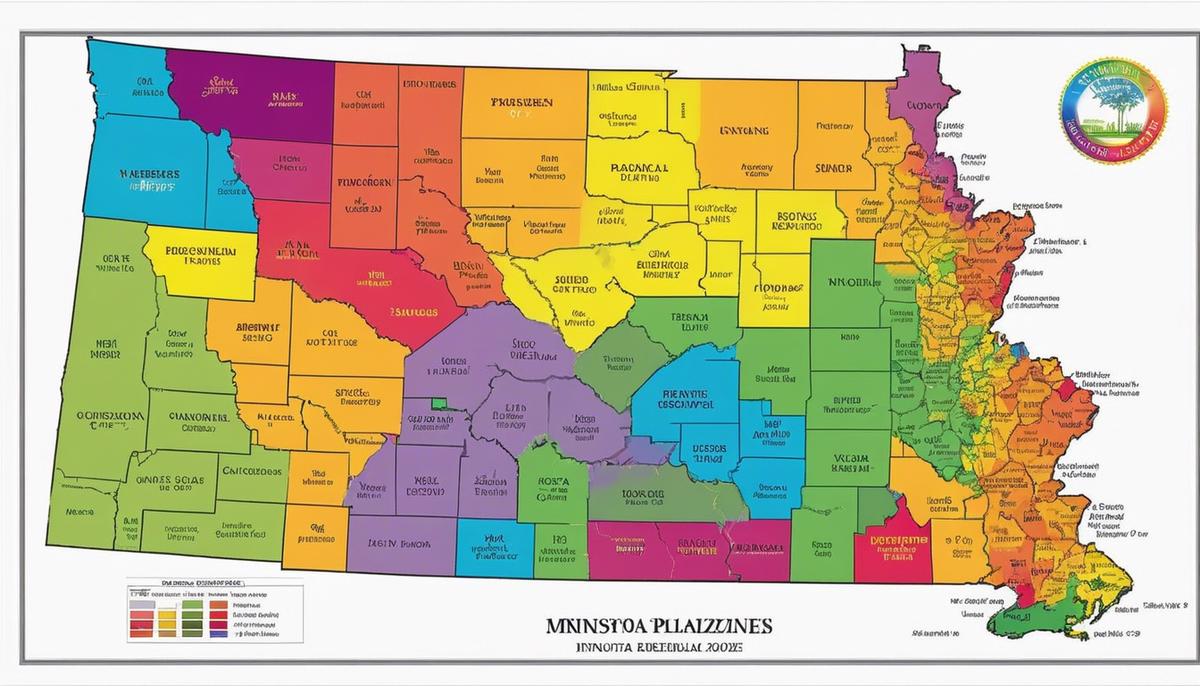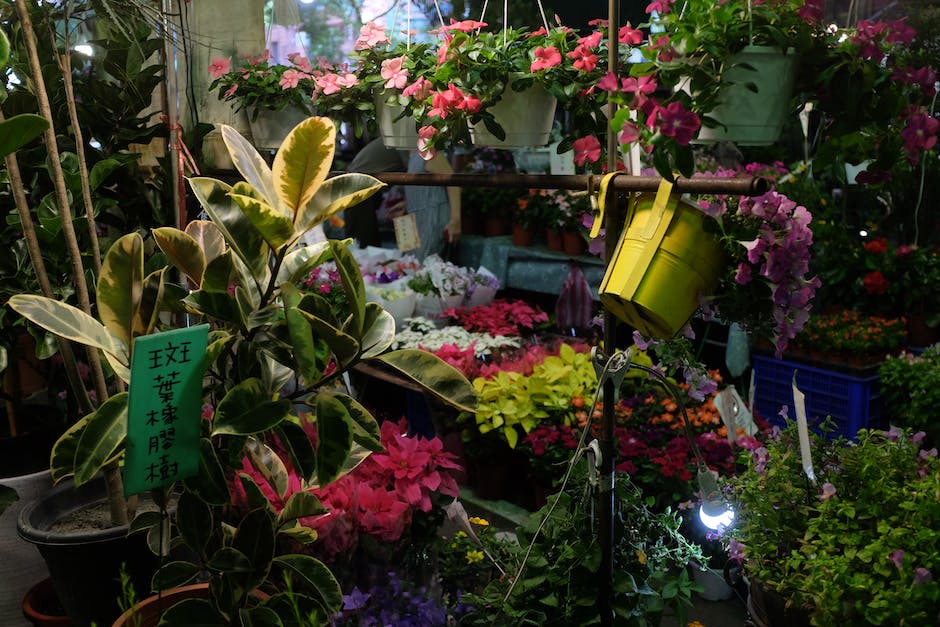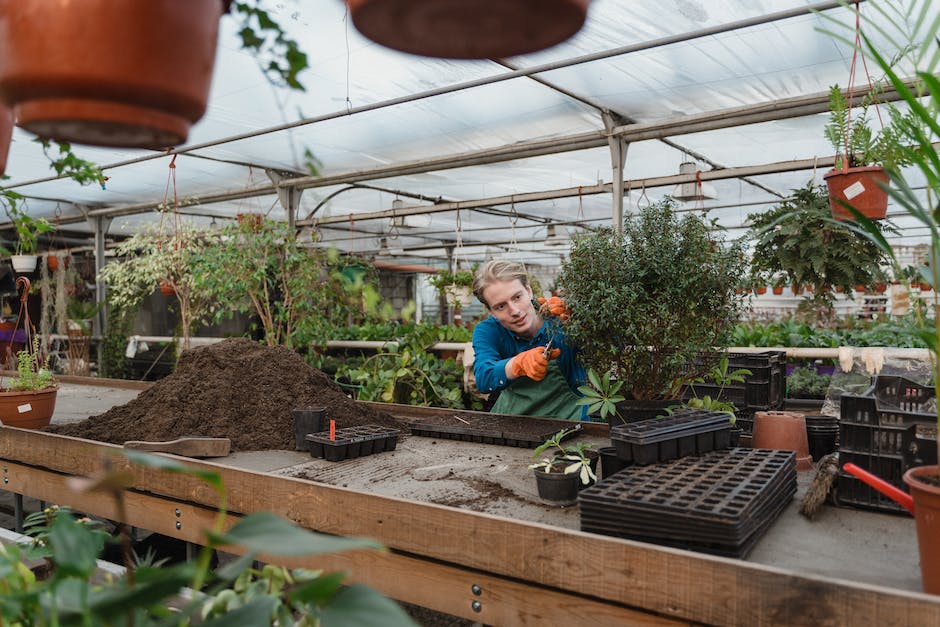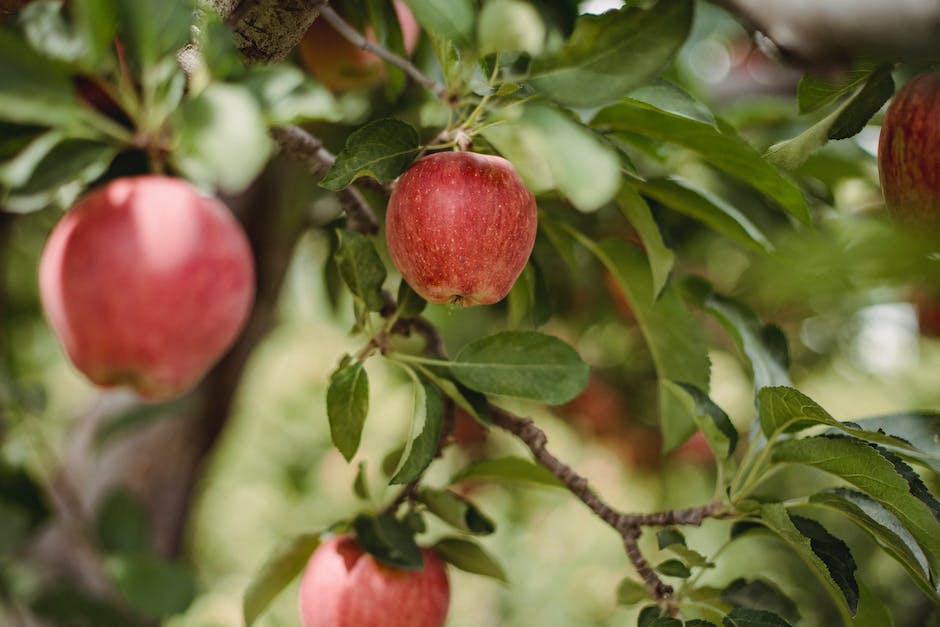Mastering Minnesota’s Planting Zones: A Comprehensive Guide

Picture-perfect gardens don’t just happen, they are crafted through an understanding of the unique triangle that forms when one’s local climate, the specific types of plants that they desire, and their planting times align perfectly. For Minnesota residents, unraveling this puzzle hinges heavily on their knowledge of the state’s planting zones. Comprehending these zones isn’t just valuable, it’s indispensable for anyone looking to thrive in their gardening endeavors. Without a clear understanding of Minnesota’s planting zones, choosing the right plant varieties, and being fully aware of the optimal planting times, success in gardening becomes a game of luck rather than a well-thought-out plan.
Understanding Minnesota’s Planting Zones
Minnesota’s planting zones are diverse, providing gardeners with a multispectral palette of flora to experiment with. Contrasting landscapes across the state are divided into four distinct USDA Plant Hardiness Zones, namely 3a to 4b. Traveling north to south, these zones gradually warm up – opening up possibilities for a broader range of plants to be nurtured as you progress southward.
What makes the zones so vitally important are the extensive implications they carry for plant growth and survival. Each zone carries its unique average annual extreme minimum temperatures, serving as a definitive guidance for determining which plants are likely to thrive in a particular region. This zone-based segregation aids in foreseeing possible plant growth and taking precautions against potential adversities like chilling winters or scorching summers.
Understanding and utilizing these planting zones can be the gateway to a thriving garden. Potential plant parents can use this data to gauge what to plant and when, driving towards sustainable results. Whether it’s a juicy apple from zone 4 or the resilient Eastern Red Cedar from zone 3, each planting zone holds a universe waiting to be discovered. Get digging in the soil, harness the zone data, and let’s unlock the untapped potential of Minnesota’s unique gardening tapestry!

Choosing the Right Plants for Your Minnesota Zone
To set your garden up for the best possible success, the next stage is getting hands-on with plant selection. Look for plants that not only complement your garden’s aesthetics, but more importantly, ones that suit your particular Minnesota planting zone. One practical step is to tap into the resources at your local garden centers or nurseries. They’re petri dishes of regional expertise and usually stock plants that function best within local zones.
Expand this personal knowledge by consulting Minnesota-specific gardening books or online resources such as the University of Minnesota’s Extension site. These sources often provide a wealth of tried-and-true plant suggestions that are known to prosper in your zone. Moreover, don’t be afraid to experiment! While most plants come with hardiness zone ratings, Mother Nature is known to pull a wild card, and you may find certain plants thriving in your garden against all conventional wisdom.
Lastly, always consider the microclimate within your own garden. Every garden, every corner, every patch of soil has its own microclimate that may differ from the broader zone categorization. Variances in sunlight, soil, moisture, and wind can create unique pockets where different plants may thrive. Paying keen attention to these tiny ecosystems can help you tailor your plant choices more effectively, naturally sculpting your unique Minnesota garden masterpiece. Remember, choosing the right plants is more than following instructions; it’s about knowing your garden, respecting Minnesota’s varied climate, and engaging in a relationship with the earth under your fingertips. Endlessly rewarding, this gardening journey is a living, evolving undertaking waiting for your personal imprint.

Optimal Planting Times in Minnesota
Delving into optimal planting timeframes for each of the Minnesota zones, this rich topic is as exciting as it is crucial for the ardent gardener. From the northern tip of Zone 3a to the southern boundary of Zone 4b, sowing and planting times can vary significantly, warranting a careful consideration of the expanding windows of opportunity across the state. As each zone warms up progressively from north to south, planting times follow suit. Early Spring often marks the start of planting season for colder hardy plants in all zones, but the diverse temporal scope for each zone and each plant type necessitates a distinct directive.
For instance, in Zone 3a, mid to late May might be the perfect time to start planting warm-weather crops such as tomatoes, peppers, or corn. Yet, in Zone 4b, one might get a head start as early as late April to early May. Conversely, cool season crops like lettuce or spinach can start being sowed as early as April in Zone 4b, while gardeners in 3a might need to wait until May. It’s essential to consider these variances and plan accordingly to seize the optimal growing periods in each zone.
To accurately fine-tune the planting schedules, consider local frost dates and heed the inherent rhythm of Minnesota’s seasons. Recognize too, that every garden has its microclimates – which can make the difference of a week or two on either side of the general planting window. So while balancing the theoretical knowledge with the experiential wisdom, keep learning, keep observing, keep experimenting. The joy of gardening lies not just in the end product, but in the transformative journey of growth and discovery. After all, isn’t that what being a true hobbyist – a truly passionate gardener – really about? So, go forth, Minnesota gardeners, and let your green thumb sing in harmony with the rhythmic cadence of your garden’s unique schedule.

The key to a thriving garden in Minnesota lies in a deep-seated understanding of the state’s unique planting zones, a commitment to picking the right plants, and a keen sense of timing for planting. Mastering these key elements transforms what can feel like a gamble into a rewarding undertaking. It shapes how we approach each gardening season, turning decisions laden with uncertainty into informed choices. Most importantly, it elevates the lasting joy every Minnesotan can derive from each season as they watch their carefully selected plants flourish at the optimal times in their home’s own tiny slice of Minnesota’s beautiful landscape.



